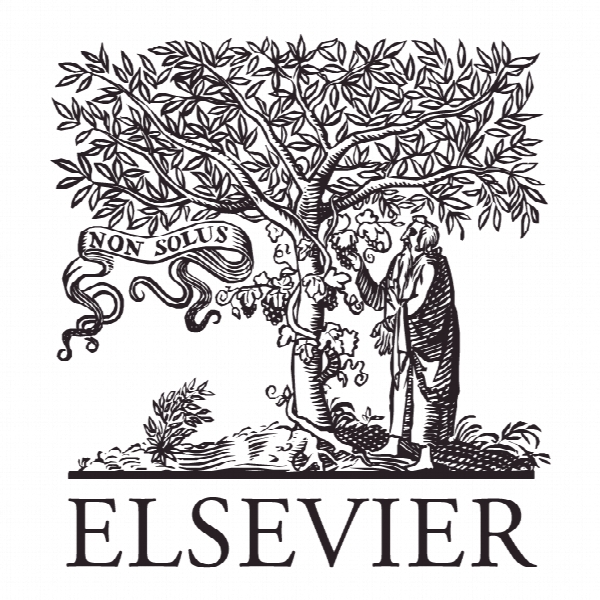سهم دانشجویان پرستاری در زمینه توانبخشی بیماران خانگی Nursing students contribution to rehabilitation for home-dwelling patients
- نوع فایل : کتاب
- زبان : انگلیسی
- ناشر : Elsevier
- چاپ و سال / کشور: 2018
توضیحات
رشته های مرتبط پزشکی
گرایش های مرتبط فیزیوتراپی
مجله آموزش پرستار در عمل – Nurse Education in Practice
دانشگاه Docent Faculty of Health – Vid Spesialized University – Norway
منتشر شده در نشریه الزویر
کلمات کلیدی انگلیسی Nurse students; rehabilitation; home-based nursing care; service users.
گرایش های مرتبط فیزیوتراپی
مجله آموزش پرستار در عمل – Nurse Education in Practice
دانشگاه Docent Faculty of Health – Vid Spesialized University – Norway
منتشر شده در نشریه الزویر
کلمات کلیدی انگلیسی Nurse students; rehabilitation; home-based nursing care; service users.
Description
Introduction Norwegian municipalities are responsible of ensuring adequate health and rehabilitation services on demand. There is currently a preference of performing such services in the patients` own residences. Nursing schools have the responsibility to prepare nursing students for their future practice and to motivate students to work with older adults. Nursing students in Norway have clinical placements in home-based nursing care (HBNC). A central goal of the students’ clinical studies was to give functionally impaired patients’ assistance in self-care, mastery and rehabilitation in order to reduce ageism (Hansen, 2016). Mastery and Rehabilitation was a mandatory course worth 15 credits. This included one week of theory and eight weeks of practical studies in HBNC. In the introductory week of the program, where the focus was to prepare the students to work with patients in their homes, the students were introduced to ethical values, moral standards of nursing professionals (Vanlaere, 2007; Kang, 2017), coping, and rehabilitation theory. They also received training in the use of relevant monitoring tools, such as Bartel ADL-index (Mahoney, 1965) for mapping functional impairment, Bredlands’ (2011) model for mapping a person’s values, and ICF (Kostanjsek, 2011) for mapping resources and problems according to body structure, activities and participation. During this period, the students’ teacher and their clinical supervisor exposed the students to ethical reflection in all activities. The practical studies ended with a written, individual home-based exam that integrated students’ knowledge of theory, individualized rehabilitation plans and practical experiences. The purpose of the exam was for students to demonstrate an understanding of the nurse’s function, the patient’s central role in rehabilitation and interdisciplinary cooperation in the development and implementation of a rehabilitation plan. A key requirement was for the student to map out and give an account for one patient’s rehabilitation values, resources and problems related to their goals. The students used Bredland’s (2011) model for mapping the patient’s values: 1) home, 2) close relatives, 3) physical activities, 4) friends, 5) job, 6) leisure activities, 7) body and appearance, and 8) spiritual and philosophical values. The students scaled each area for intensity on a scale from 0 (not important at all) to 10 (very important). They used ICF (Kostanjsek, 2011) as a mapping tool for resources and problems according to body structure, activity and participation. Further, they prepared a plan for short- and long-term goals for the selected patient, and designed activities related to the patient’s values. The activities were discussed and designed in cooperation with the patient, clinical supervisor and involved professionals.


